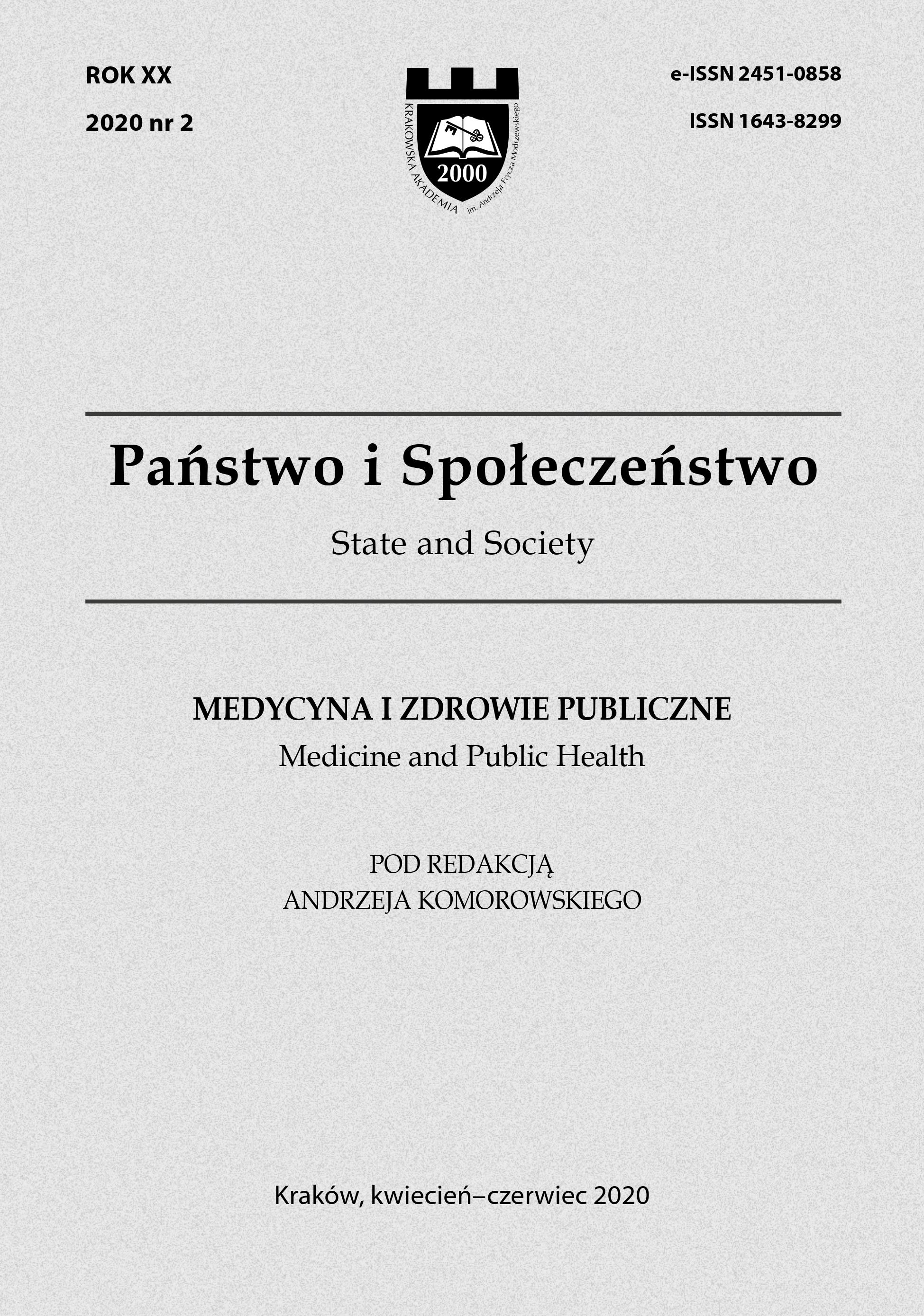Complications profile after robotic pancreatic surgery
Complications profile after robotic pancreatic surgery
Author(s): Marco V. Marino, Jerzy W. Mituś, Olexii Potapov, Gianpaolo Vaccarella, Antonello MirabellaSubject(s): Evaluation research, Health and medicine and law
Published by: Oficyna Wydawnicza AFM Uniwersytetu Andrzeja Frycza Modrzewskiego w Krakowie
Keywords: pancreatic surgery; robotic surgery; complications;
Summary/Abstract: Introduction: General acceptance of the robotic platform in pancreatic surgery is poor. One of the main concerns regarding this technique is that the likelihood of complications is greater compared to other approaches. Material and Methods: We performed a retrospective analysis of our database on robotic pancreatic surgery. Results: A total of 22 patients (12 male) underwent robotic pancreatic surgery. 6 pancreatoduodenectomies (PD 27.3%), 12 distal pancreatectomies (DP 54.5%), 2 tumor enucleations (9.1%) and 2 pseudocyst-gastrostomy (9.1%) were performed. The overall operative time was 425 (390–620) min, the median blood loss was 150 ml (70–600). We observed 10/22 (45.4%) overall postoperative morbidity, with 4 grade III to V complications according to the Clavien-Dindo classifi cation system. The Clinically relevant pancreatic fi stula rate was 3/22 (13.6%): 2 in DP group, 1 in the PD group. The reoperation rate was 2/22, one in the PD group, the other in the PG group; while the readmission rate was 18.6%. There was no postoperative death during the 30 days post surgery. Conclusion: Robotic pancreatic surgery seems to be safe and feasible and it is associated with an acceptable risk of complications, low estimated blood loss and low conversion rate.
Journal: Państwo i Społeczeństwo
- Issue Year: XX/2020
- Issue No: 2
- Page Range: 51-63
- Page Count: 14
- Language: English

